Help! I need a tomato Doctor…STAT!
thecre8v1
last year
Featured Answer
Sort by:Oldest
Comments (16)
nandina
last yearLabradors
last yearRelated Discussions
I need to thin my tomato seedlings - HELP
Comments (10)I often put 4 seedlings into a tray cell that size, one in each corner. As soon as they grow two pairs of true leaves (much smaller than those in the photo), I use an ice tea spoon to scoop out each corner's tomato plant and transplant into a 9 oz. plastic cup. I just use the spoon to cut through the roots. I never lose one, and the plants I grow are just as healthy as they would be if each was started in a separate cell....See MoreI really messed up, who can help? Tomato expert needed...
Comments (8)I just went to my greenhouse and looked carefully at my plants to try to help you. Everyone is probably correct b/c they are mainly similar. They even are blooming together. A subtle difference that I noted is that the leaflets of 4th of July appear slightly more flattened, very lightly leaning to the potato leaf smoothness. You have to stand back and really look at the whole plant to notice the difference. That being said almost everything else about these plants is very similar. Time will provide your answer. I would speculate that you Will be able to see a difference weeks before fruits begin to ripen. Keep an eye for green fruits beginning to fade earlier at the 4 oz size....See MoreTomatoes diseased? (need help, 1st time tomato grower)
Comments (3)Thanks for the advice. This is rather a late update but I just wanted to say that soon after I posted this, I potted the tomato in a large container and kept it outside on my apt balcony. The white spots quickly went away on their own. I guess it just needed sunshine and better air circulation!...See MoreI need help with my tomato plants
Comments (4)I think you have bacterial speck, possibly septoria. The symptoms can be pretty similar. Spray fungicide weekly and prune off affected foliage as soon as it shows signs of disease. Throw the pruned foliage away promptly--do not leave it in the garden or compost it. This should help slow the progression of disease so that you can get a decent harvest out of your plants for a while. These diseases are normal and expected for tomato growers in many parts of the country. For this reason, many choose to spray fungicide regularly from the first day their plants go outside. Fungicides available to home gardeners aren't curative for the most part--they work best as preventatives to delay onset of disease. After disease onset, they can help to slow down the disease progression. Options are neem oil or organic biologicals like Serenade/Actinovate (not recommended for active disease), copper (there are both organic and non-organic forms), chlorathonil (non-organic but often more effective than organic options, brand names Daconil and Bravo, among others). Do some research online, and you'll see a lot of options, one of which is sure to fit with your priorities and philosophies. Personally, I use a biological regularly (Serenade, Monterey Complete Disease Control) until about mid-late season when diseases ramp up for me in my area, at which point I start to alternate in organic copper. That's just how I personally choose to approach it. In your situation, I'd probably go straight to the copper. Once again, that's my personal choice. Many would choose Daconil. Neither speck nor septoria are death sentences. They can be managed in many cases. There's no need to pull the plants, as these diseases are pretty much everywhere in the air, soil, and water, and there's no need for rigid quarantines, which would be pointless. The risk they pose to your plants is that they will defoliate so much that the developing fruit will get sunscald from lack of leaf cover against the sun. If it's speck, you may see black dots on your fruit. Bad news if you're trying to sell your tomatoes, but mostly a cosmetic annoyance for the home grower. Fruit can be eaten as normal, but don't use diseased fruit in canning, as diseases can alter fruit pH, which injects some potentially dangerous uncertainty into the canning process....See Morebeesneeds
last yearlast modified: last yearthecre8v1
last yearbeesneeds
last yearthecre8v1
last yearnanelle_gw (usda 9/Sunset 14)
last yearlast modified: last yearthecre8v1
last yearnandina
last yearthecre8v1
last yearStephanie
last yearkevin9408
last yearthecre8v1
last yearkevin9408
last yearlast modified: last yearthecre8v1
last year
Related Stories

HOUZZ TOURSMy Houzz: Industrial Style in a Converted Doctor’s Office
An elegant art collection and an open layout mark this couple’s Uptown New Orleans apartment
Full Story
FUN HOUZZEverything I Need to Know About Decorating I Learned from Downton Abbey
Mind your manors with these 10 decorating tips from the PBS series, returning on January 5
Full Story
WORLD OF DESIGNHow the Tuberculosis Pandemic Helped Shape Modernist Architecture
Doctors prescribed sun, air and the outdoors for tuberculosis patients — and that influenced a new style of architecture
Full Story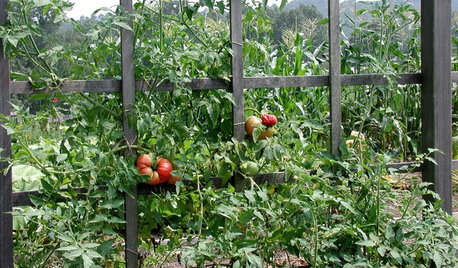
EDIBLE GARDENSThere’s Nothing Cagey About Tomato Cages
Learn about using tomato cages, trellises, stakes and other supports that will help your tomato plants thrive
Full Story
ORGANIZINGDo It for the Kids! A Few Routines Help a Home Run More Smoothly
Not a Naturally Organized person? These tips can help you tackle the onslaught of papers, meals, laundry — and even help you find your keys
Full Story
HOUSEKEEPINGWhen You Need Real Housekeeping Help
Which is scarier, Lifetime's 'Devious Maids' show or that area behind the toilet? If the toilet wins, you'll need these tips
Full Story
PETSHow to Help Your Dog Be a Good Neighbor
Good fences certainly help, but be sure to introduce your pup to the neighbors and check in from time to time
Full Story
MOST POPULAR9 Real Ways You Can Help After a House Fire
Suggestions from someone who lost her home to fire — and experienced the staggering generosity of community
Full Story
DECLUTTERINGDownsizing Help: How to Edit Your Belongings
Learn what to take and what to toss if you're moving to a smaller home
Full Story
DECLUTTERINGDownsizing Help: Choosing What Furniture to Leave Behind
What to take, what to buy, how to make your favorite furniture fit ... get some answers from a homeowner who scaled way down
Full StorySponsored



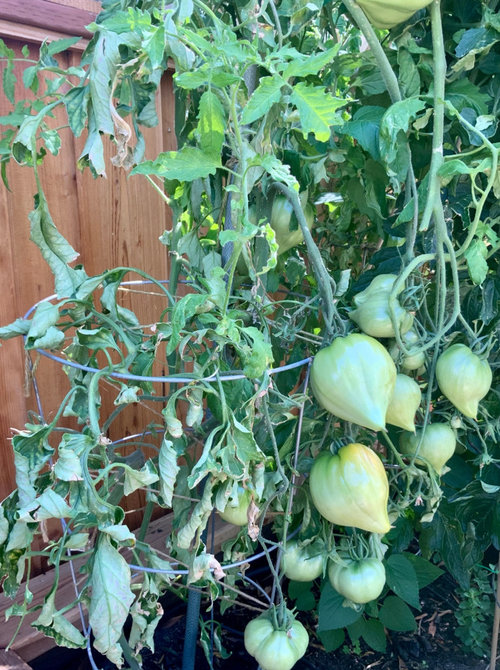
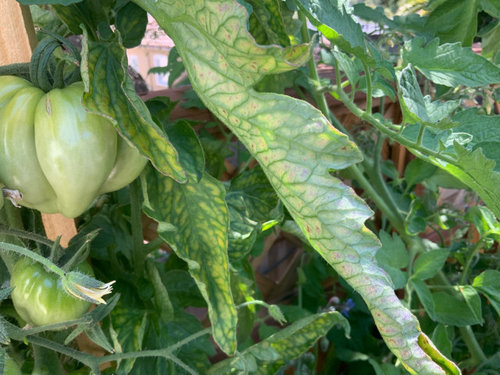
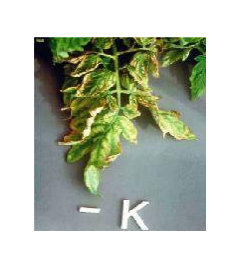
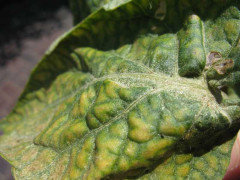
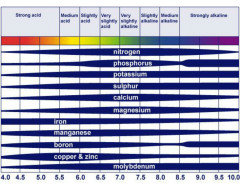
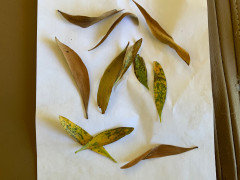
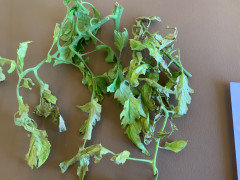
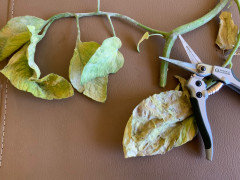
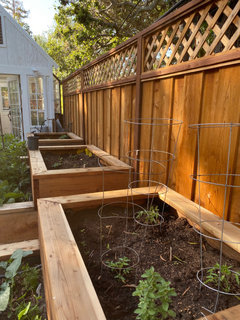
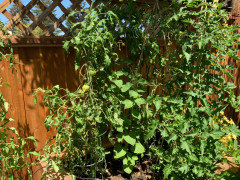
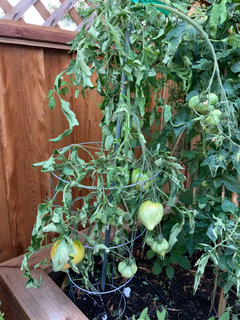
Labradors